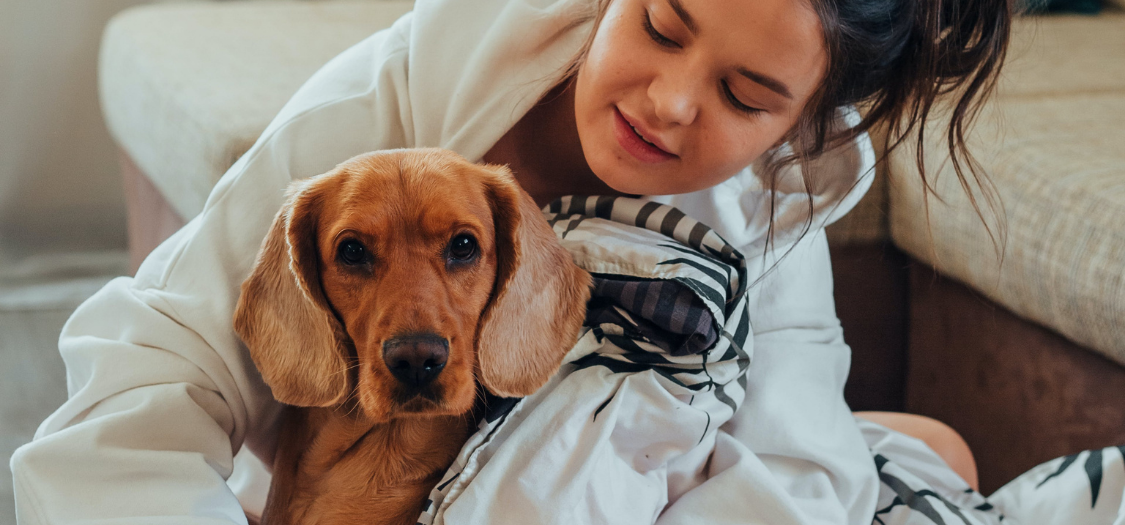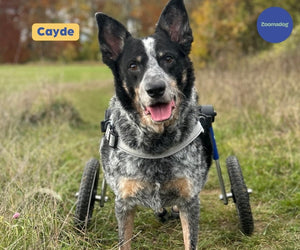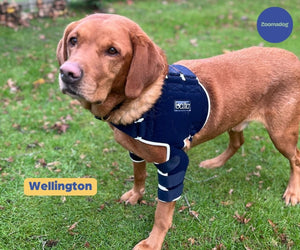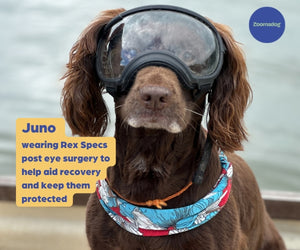01730 622544

How Can I Help My Dog With IVDD?
Once your dog’s been diagnosed with dog IVDD, your vet will give you a treatment plan.
This may involve crating your dog to minimise their activity levels, start reducing the IVDD symptoms, and allow them to heal. If your dog’s being crated, think about how to make the space as comfortable and soothing for them as possible.
How to make crate rest comfortable:
- Comfortable bedding
- They should be able to stretch out fully in the space and to sit, stand, and turn around in.
- They should also be able to eat and drink in their crate.
- Perhaps an enrichment toy in the crate with them - not one they can throw up into the air - but one that will prevent them from getting too bored and distract them from feeling agitated.
- Short lead toilet breaks - carry them to the space, or use a rear leg sling to help them. Let your dog sniff around during this break - it’s good for their wellbeing but keep it short.
If your dog is recovering but not being crated, other steps you can take are:
- Ensure they have comfortable bedding - an orthopaedic bed.
- Make sure that they can’t slip or fall - give them non-slip socks to wear, or cover any uncarpeted, slippery areas with non-slip flooring - rugs or mats.
- Consider a rear-lift harness to help them up, especially in the early stages.
- Physiotherapy and hydrotherapy - these can make a huge difference in a dog’s recovery.
- Ensure your dog’s at the correct weight - if your dog needs to lose weight without being able to exercise, speak to your vet for guidance.
- A dog back brace can work to stabilise the spine and can be a useful rehabilitation aid - use in conjunction with your vet’s advice.
Consider buying The IVDD Handbook, which is written by Marianne Dorn - a specialist in inteverterbral disc disease in dogs. It offers you step-by-step instructions about how to care for your dog, whether they've had IVDD surgery or you're following a conservative management approach.
Read further about Non-Surgical and Conservative Management IVDD treatments here: https://zoomadog.co.uk/collections/conservative-management-ivdd
Read more about IVDD Causes, Prevention and Help at Home: https://zoomadog.co.uk/collections/dog-ivdd-or-intervertebral-disc-disease
Find the best dog Back Braces here: https://zoomadog.co.uk/collections/dog-back-brace

Looking for help with your dog?
We can help find the right solution for your dog
Feel free to give us a call on 01730 622544
or email us at woof@zoomadog.co.uk







Leave a comment